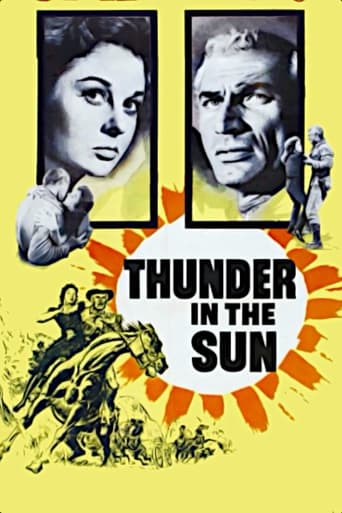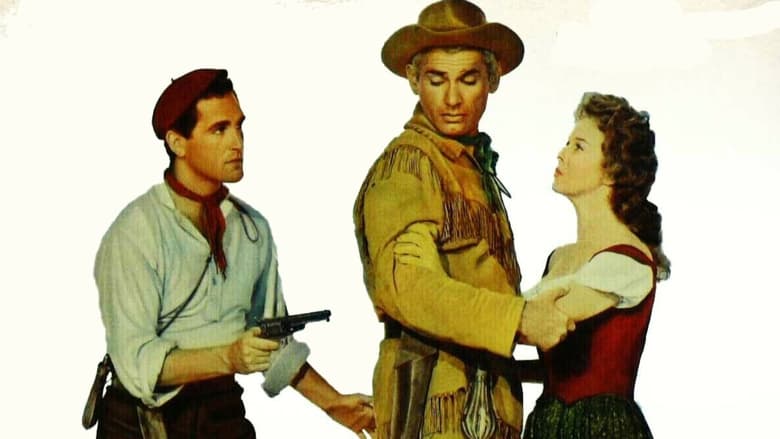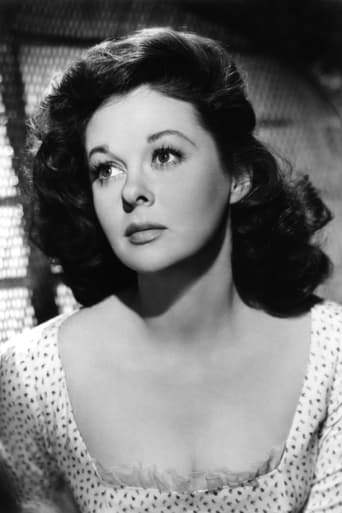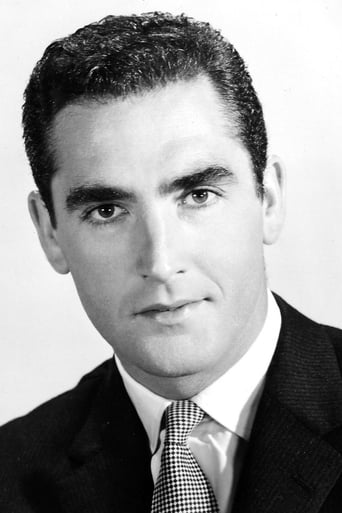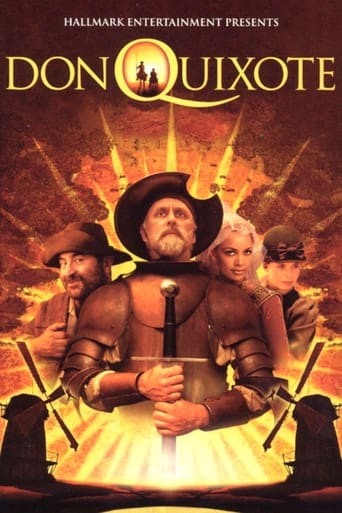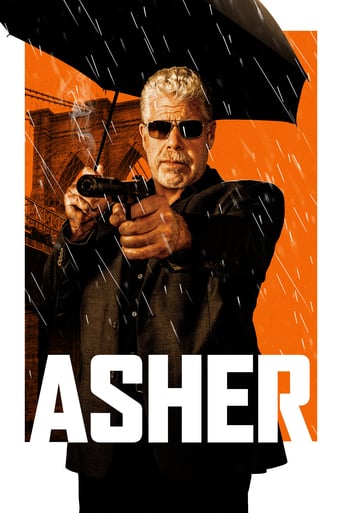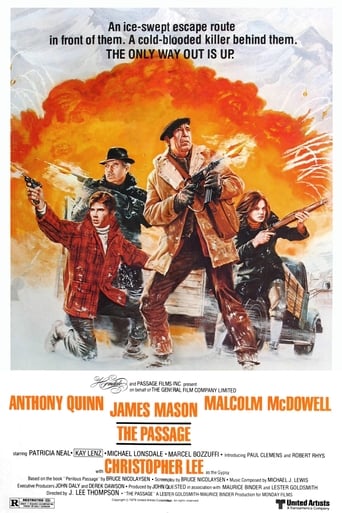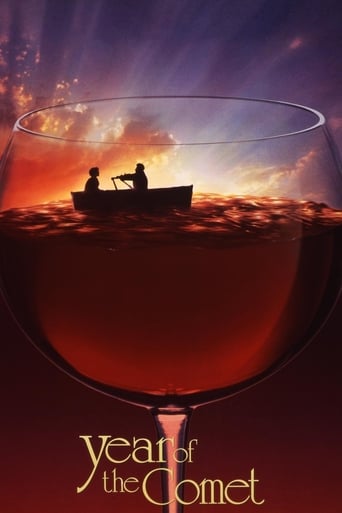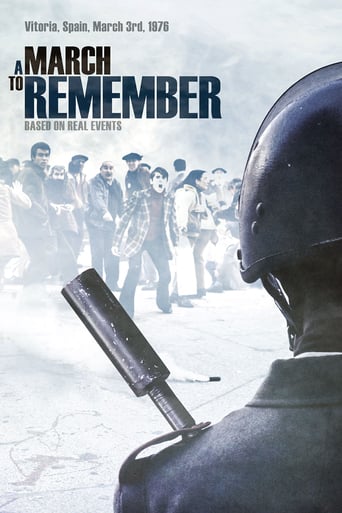Thunder in the Sun (1959)
A band of Basque immigrants treks through the Old West toward California, where they hope to put down roots and open wineries. When the group's leader dies, his widow Gabrielle marries his brother in accordance with Basque tradition. But it's a loveless union; Gabrielle is smitten with Lon Bennett, the scout who's been hired to guide them on their journey.
Watch Trailer
Cast


Similar titles
Reviews
The theme rather reminds me of the HMS Bounty, in which water rations for the crew were minimal, so that fresh water on the ship could mostly be used to keep the breadfruit seedlings alive during the long voyage from Tahiti to Jamaica. In this case, fresh water in the desert portion of the journey is scarce, thus Chandler's wagon master character (Lon) wants the Basques to pitch their cherished grape vines so that the livestock and people have enough to survive. Even though some of the horses die of thirst, the Basques refuse to give up their vines, most vocally by Susan Hayward's character(Gabrielle).Hollywood films of this era usually played loose with historical and geographical accuracy, but this one is especially bizarre. The Basques are from the French side of the Pyrenees, and claim they left their homeland in the wake of post-Napoleonic unrest, one claiming he fought with Napoleon. Lon claims he fought with Washington in the Revolutionary War. Yet, this is supposed to be 1847(or 1850?)!. Historically, it's true that many Basques, especially on the French side, emigrated after the conclusion of the Napoleonic Wars, and that their economy was then in bad shape.Strange that Basques are characterized as introducing grapes(or at least their favorite cultivar) to California. Historically, it was the Spanish missions that established the early plantings in CA, Basques most commonly initially serving as sheepherders in the American West. I was unable to find evidence in support of the supposed Basque customs emphasized in the film of keeping the hearth pot burning perpetually, nor childhood betrothal. Also, the Spanish Flamingo dance near the beginning apparently isn't a Basque trait. The striking ululations made by the men on several occasions apparently are a Basque feature, but are not used for long distance communication nor for war whoops, as featured. Jacques Bergerac, who played Pepe, the brother of Gabrielle's husband, grew up in then Pyrenees region, although I don't know if he was a Basque. The screenplay includes some common features of wagon train films. Of course, there's a confrontation with Native Americans, rather late, not far from their destination. It was staged in the unique Alabama Hills, near Lone Pine and Mt. Whitney, were many a western was partially shot. In fact, most of the film was shot in various locations around Lone Pine, including the Olancha sand dunes,to the south. The prairie fire segment is rather reminiscent of that in "The Texans", filmed 2 decades earlier, except that they had to fight the fire and the Native Americans simultaneously in that one.Like "Westward the Women", when the wagons encounter a stretch of sand it must cross, the wagon master orders all heavy, not absolutely essential, items to be tossed. Historically, this most commonly occurred just before crossing the Rockies, with the fear that the pulling team would otherwise be reduced to a slow crawl up steep slopes. Also, as in "Westward the Women", and, no doubt, some other wagon train sagas, the footloose wagon master is tamed by a beautiful and forceful young woman(Gabrielle in this case) in the train. Presumably, she believes that this hard drinking. womanizing, loner can be made to be satisfied with a sedentary life. But, we Never find out if this works out. However, unlike Taylor's character in the former film, it's Lon who is doing the pursuing of very reluctant Gabrielle, who is married, and then promised by tradition to the brother of her deceased husband(Pepe), when her husband is accidentally shot. Although Lon and Pepe are then enemies during the latter part of the journey, Pepe finally give into Lon when they reach their 'promised land', with the excuse that old customs can be discarded in their new land. Actually, Lon is obnoxiously arrogant when it comes to his self appraisal of his desirability as a lover or husband vs. Gabrielle's husband or Pepe.
The filming of Thunder In The Sun probably had its start years before they were movie stars with two grade school kids named Edythe Marrenner and Ira Grossel who both went to Hollywood and became Susan Hayward and Jeff Chandler. These two were really good friends going back to their childhoods in Brooklyn. So when Susan Hayward reached the top of her career with her Oscar for I Want To Live, I'm sure she wanted to make a film with Chandler. It's a pity these two couldn't have found a better one.It's an unusual subject for a western, a wagon train of Basque immigrants from the French Pyrennees who are going to California to start their own wineries. Their most precious cargo is the vines carrying the grape seeds that have to be watered. Of course on the desert, man and animals also have to be watered. That leads to the usual situations in westerns like these.Chandler is not your usual western hero either. He takes his pleasures where he finds them be it women or drink. Hayward has been wed to Carl Esmond the leader of the group and when he's killed by an overanxious sentry, the younger brother Jacques Bergerac is ready to take his place. And Hayward is also guarded by her formidable mother-in-law, Blanche Yurka.Though the folks have unusual clothing for wagon train travelers, the story does have the usual wagon train situations found in westerns, climaxed by a nicely staged fight with Indians. As Bergerac says, the Indians have never faced Basques before and these people are born mountain fighters.In two years Jeff Chandler would be gone and he never did to make another film with his good childhood friend Susan Hayward. That's a pity.
....or how History repeats itself.At the end of the 8th century,the Basques beat Charlemagne in Roncevaux in the Pyrénées mountains !When Bergerac evokes his ancestors' feat,he was historically accurate;later the chanson de geste "la chanson de Roland " (which enhanced Charlemagne's so-called nephew count Roland) forgot the Basques and turned them into Sarrazins. ....so the end of the movie is a second "Roncevaux" ,the Indians replacing good old Carolus Magnus and his fair knights.For the rest of the movie,as I do not know anything about the basques traditions,I will not argue with the precedent users who complain about the lack of knowledge of basque culture of the writers.The director used a lot of French actors -Heyward and Chandler are like Martians in such a company- ,all virtually unknown in their native country,even the lead Bergerac.This is a rather short film,mainly if we consider that the beginning consists of singing and dancing (Heyward 's flamenco,more Spanish than Basque,being one of the highlights of a fairly tepid story).Sometimes the Basques speak French,most of the time English,even between them,which makes the story unconvincing.Susan Heyward,as gorgeous as ever,contents herself with a few words .
I had heard from friends that this was a film about Basques. Since the film had been gone off the circuit, I was eager to see it when it reappeared on TV. Being an anthropologist and ethnic Basque, I was most interested in how Hollywood would treat this subject. Well, after my initial disappointment and shock at not only a limp-witted story and a mediocre performance by Susan Hayward, my real dismay was at the presence of the French Basque, Jacques Bergerac for going along with a misinformed and misinforming depicition my (i.e., our) people. The Basque traditions depicted in the film were totally fictious and laughable. How Bergerac picked up his paycheck with no feeling of shame is a mystery to me. Hayward was always beautiful and exciting. But seeing her dance a Flamenco (not ever a Basque tradition) and hearing her make a bad attempt at a French accent, was disheartening. Chandler emoted as usual, no surprise...but the only thunder in Thunder in the Sun, were my groans of complaint and disgust at this bad parody of the culture of my ancestors.

